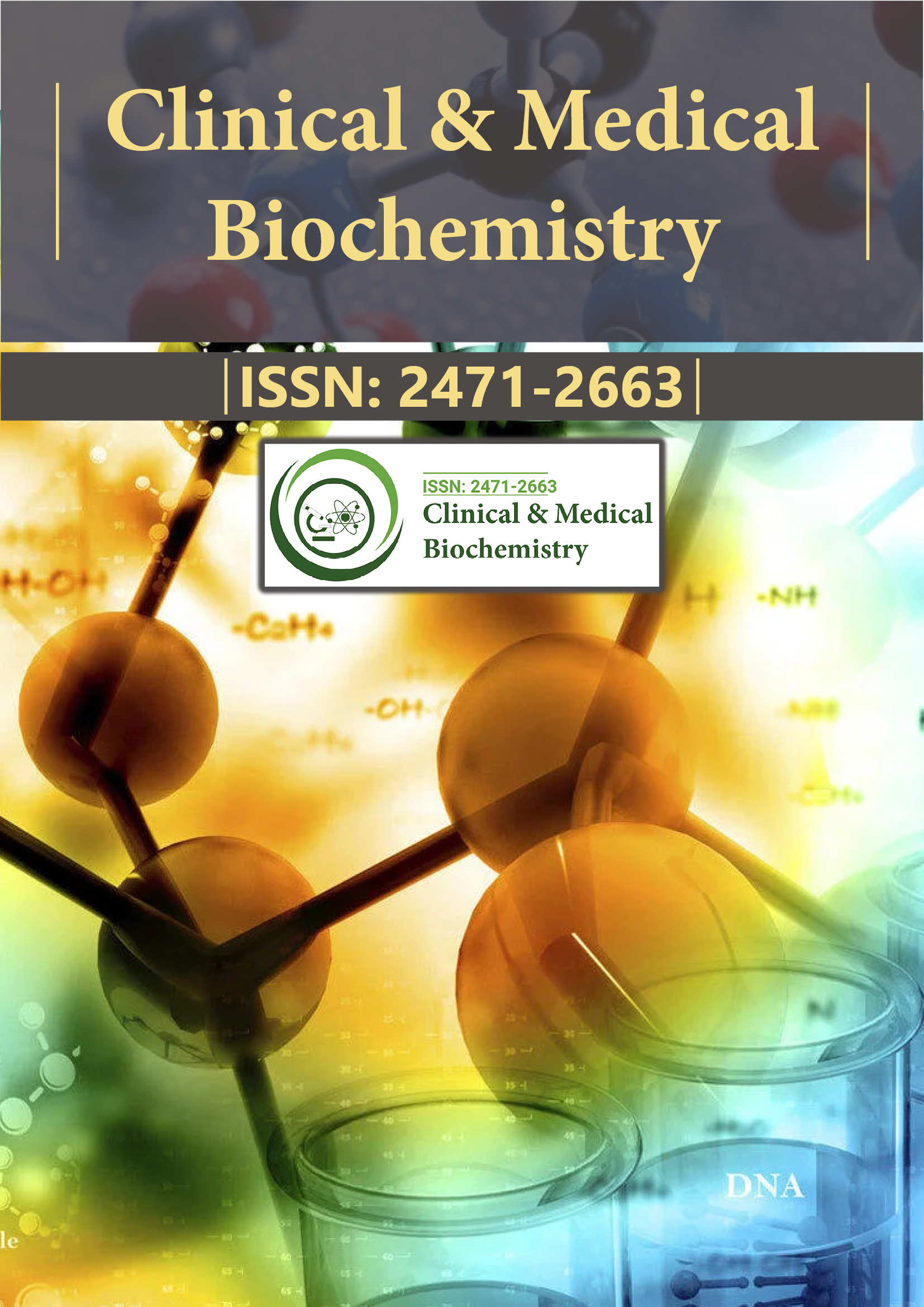Indiziert in
- RefSeek
- Verzeichnis der Indexierung von Forschungszeitschriften (DRJI)
- Hamdard-Universität
- EBSCO AZ
- OCLC – WorldCat
- Gelehrtersteer
- Publons
- Euro-Pub
- Google Scholar
Nützliche Links
Teile diese Seite
Zeitschriftenflyer

Open-Access-Zeitschriften
- Allgemeine Wissenschaft
- Biochemie
- Bioinformatik und Systembiologie
- Chemie
- Genetik und Molekularbiologie
- Immunologie und Mikrobiologie
- Klinische Wissenschaften
- Krankenpflege und Gesundheitsfürsorge
- Landwirtschaft und Aquakultur
- Lebensmittel & Ernährung
- Maschinenbau
- Materialwissenschaften
- Medizinische Wissenschaften
- Neurowissenschaften und Psychologie
- Pharmazeutische Wissenschaften
- Umweltwissenschaften
- Veterinärwissenschaften
- Wirtschaft & Management
Abstrakt
Toxizität der Heimchen ( Acheta domesticus ) bei Mäusen.
Matano Yasuki, Sakagami Kiyo, Nojiri Yuuto, Nomura Kenta, Masuda Akira, Moriike Yuuki, Yamamoto Akane, Nagai Nobuo, Ogura Atsushi
Der Mangel an tierischem Eiweiß aufgrund von Nahrungsmittelknappheit infolge des globalen Bevölkerungswachstums muss dringend behoben werden. Grillen enthalten in ihrem Exoskelett und ihren Muskeln reichlich Proteine und sind als neue Proteinquelle aufgefallen. Ihre Sicherheit als Nahrungsmittelquelle ist jedoch nicht bestätigt. Wir haben die Toxizität der Hausgrille ( Acheta domesticus ) auf Zellen und Säugetiere untersucht. Zur Untersuchung der Genotoxizität in vitro wurde CHL-IU-Lungenzellen chinesischer Hamster Grillenpulver in einer Konzentration von 5.000 μg/ml zugesetzt und die Rate der Chromosomenaberrationen untersucht. Zur Untersuchung der Genotoxizität in vivo wurden Mäusen zwei Tage lang oral bis zu 2.000 mg/kg Grillenpulver verabreicht. In beiden Tests zeigte das Grillenpulver keine toxische Wirkung. Es wurde eine wiederholte orale Toxizitätsstudie durchgeführt, bei der an 14 oder 90 aufeinanderfolgenden Tagen bis zu 3.000 mg/kg Grillenpulver oder Kontrollgruppe (Kochsalzlösung) verabreicht und Körpergewichtsveränderungen, Blutbiochemie, Bluteigenschaften und Organgewichte gemessen wurden. In jedem Zeitverlauf gab es keine Unterschiede in den Parametern zwischen der Kontrollgruppe und der mit Grillenpulver behandelten Gruppe. Diese Ergebnisse legen nahe, dass Hausgrillen (≤ 3.000 mg/kg) für Zellen und Organismen nicht toxisch sind.